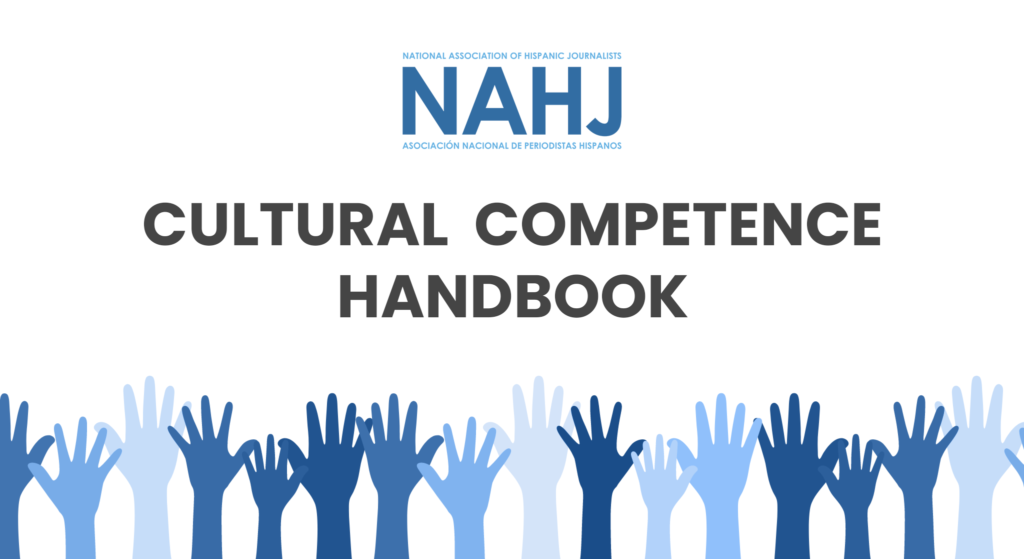Immigration, always a burning issue in America, turned white-hot this week when President Biden and former President Trump made dueling visits to the southern border. Adding fuel to the flame, a Venezuelan who was arrested for crossing the U.S. border illegally in 2022 was charged with killing a University of Georgia student while she was jogging. The Georgia House responded by passing a bill to require every police agency to assist in the identification and detention of “undocumented” immigrants.
The focus on border crossing frames immigration as a problem, obscuring the vital role immigrants play in the U.S. economy and blurring the distinction between economic migrants and asylum-seekers. The Georgia crime meanwhile has already become part of a narrative equating migrants with danger, when data shows immigrants commit crime at significantly lower rates than native-born Americans.
It’s not our job as journalists to advocate for either perspective, but to report the facts accurately and completely. That means including relevant context, and avoiding terms that implicitly or explicitly vilify or misrepresent people. In fact, the AP Stylebook has discouraged the use of “illegal immigrant” since 2013.
Accurate and contextual writing isn’t easy, when politicians use fear of migrants to stir supporters, and even some news editors believe “illegal immigrant” is a factual description not a dehumanizing label. To help, the National Association of Hispanic Journalists has developed the NAHJ Cultural Competence Handbook.
More than a stylebook, it’s a guide to understanding the diversity of the Latino population of the United States, with advice on how to write about migration, crime and medical issues. It provides an introduction to covering the LGBTQ community and advice on avoiding sexist stereotyping.
“Phrases such as ‘illegal immigrant’ and ‘illegal alien’ replace complex and ever changing legal circumstances with an unspecified assumption of guilt,” the Handbook says, advising journalists to use precise descriptions rather than labels to ensure fair, accurate coverage.
